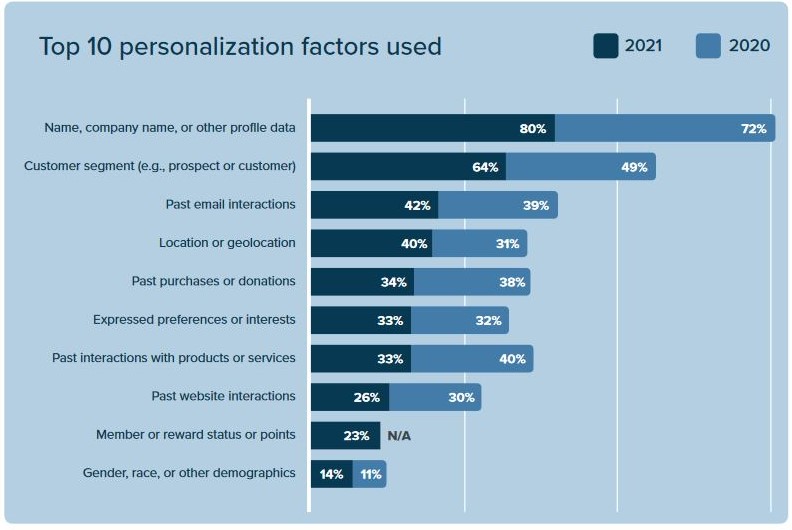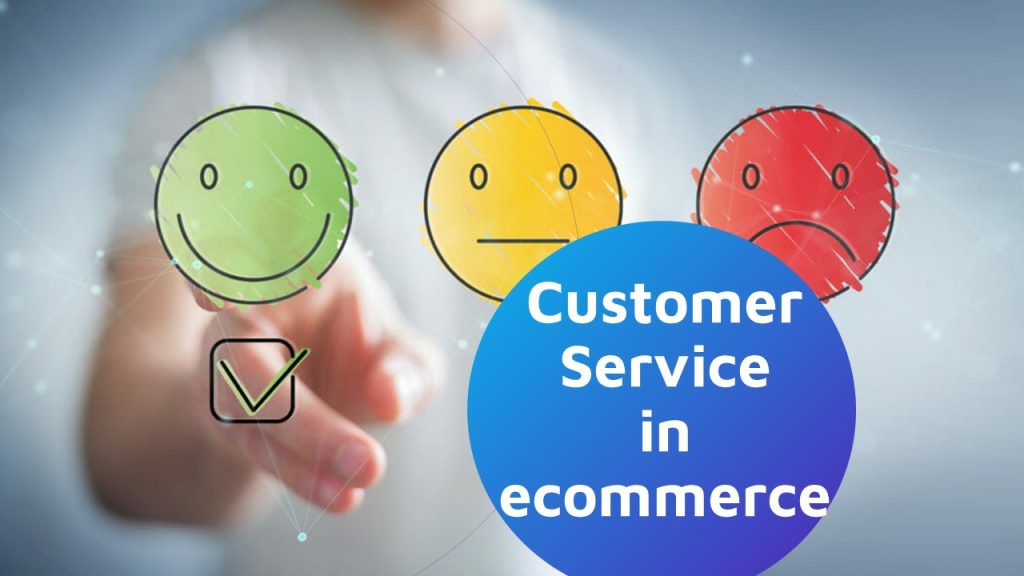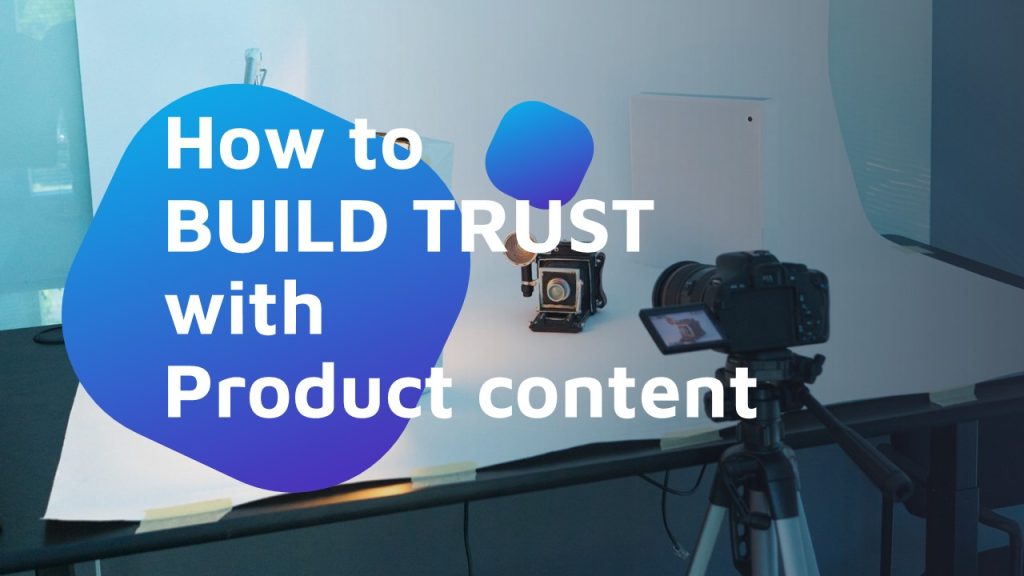Using the right product content in email marketing makes a critical difference between getting traffic and losing subscribers.
Many small businesses ignore the potential of email marketing. Experienced marketers in turn know how powerful it is when it comes to brand awareness and profitability.
The reason is simple: its low cost and astonishing ROI in traffic and sales.
But because personal data is a sensitive matter, the key to its profitability relies on providing readers with content that is relevant to them and pays up for giving a valuable email address.
In this article, we’ll explore the keys to effectively using product content in email marketing, and best practices for leveraging product content in email marketing campaigns.

How to use product content in email marketing
Email marketing is probably the most powerful marketing tool. But what makes successful an email marketing campaign is the effective use of product content. This is crafting and delivering compelling product information, to captivate readers, keep them interested, and ultimately turn plain leads into sales.
Next, a few keys to make the most of product content in email marketing.
First off, know your audience
We can’t stress this enough: understanding your target audience is fundamental to every successful marketing campaign. And email marketing is no less. To include the right product content in email marketing campaigns, take the time to research and analyze your audience’s demographics, preferences, and pain points. In other words, create comprehensive buyer personas to know exactly what content might be relevant to them, so that your subscribers feel you understand their needs and desires.
Speak directly to them, and you’ll get more chances of catching their eye and hooking them. More on personalization, below.
Focus on the product’s features and benefits
A product’s Unique Selling Proposition (USP’s) are essential to explain what it offers. And the key here is to clearly state 1. the benefits of using it, and 2. the features that set your product apart from your competitors’. After all, your potential customers are only looking for a solution to a specific problem.
Use persuasive and confident language to explain how your product solves common problems, improves lives, or provides better experiences. Sharing testimonials, case studies, and User-generated content is a great way to add credibility and social proof to your USP’s.
AI tools like ChatGPT can help you make an editorial calendar with relevant topics around your brand / product.
Take advantage of visual content
Visual content is a powerful tool to grab attention and create impact in email marketing campaigns. High-quality images, embedded product videos, and animated elements can help you showcase your product’s functions and say much more than a regular email would.
Use images that show your product from different angles – the best ones 😉 and show it in action in the most possibly relatable way. Visuals not only make your emails more visually appealing but also provide lots of information in very little time.
Segmentation for personalization
Personalization and segmentation are essential in today’s email marketing landscape.
It’s plain and simple: people are willing to give their personal data to companies providing personalized content. Your subscribers’ database is priceless and deserves to be taken care of. That means keeping it clean and tidy and removing spaces and weird characters from their names, for example.

As you probably know, email marketing tools allow to create targeted campaigns with relevant product content to specific segments. Craft your emails based on their preferences, their past purchases – if any, or their browsing behavior, and you’ll definitely increase your conversions.
Personalized emails addressed by name, with no typos, and with tailored product recommendations create a sense of individual attention that everybody loves. And that is a great way to build customer loyalty and improve your brand’s reputation.

Tell compelling stories
Storytelling is a powerful technique that creates a strong emotional connection with readers.
The main goal at this point is to create narratives around your products to evoke powerful emotions like curiosity, excitement, or nostalgia. A good story is that which resonates with your audience and links your product to their aspirations or desires – ultimately, solving a problem. And that is how you raise awareness around your brand and make your product easy to remember.
Furthermore, a new trend arose a few years ago to involve audiences in brand stories, transforming storytelling into storymaking.
Use social proof
In the era of Social Media, the power of social proof is key to boosting confidence and credibility. Again, this goes through including customer reviews, ratings, and endorsements in your emails. Needless to say, all positive feedback from happy customers is a persuasive tool that can significantly influence purchase decisions. Testimonials and success stories humanize brands and prove the value and satisfaction your product delivers.
Additionally, you can benefit from influencers who will be happy to spread the word among their loyal followers. These are among the best pieces of product content in email marketing.
Urgency and scarcity
FOMO, also known as the Fear Of Missing Out creates a sense of urgency and scarcity widely used in marketing. That’s because it pushes recipients to take immediate action not to miss out. Limited-time offers, exclusive discounts or limited-stock raffles are great to encourage people to take action.
Use persuasive language, like “limited stock” “ending soon” or “final hours“, add timers, compelling CTA’s, and don’t forget to send reminder emails to poke that FOMO.
Optimize for Mobile Devices
Since the world is mobile, optimizing your email content for mobile devices is a non-negotiable thing. Make sure your product content is responsive and displays correctly across different screen sizes.
And that includes the length of the header and subject line – as concise and engaging as possible, and compelling images that load quickly on mobile devices. A seamless mobile experience will improve the chances of conversion, whereas the slightest visualization problem will probably translate into massive subscriptions.

BONUS: measure and adjust constantly
As important as being constant and offering relevant product content in email marketing is to understand how your audience reacts to it. Therefore, another absolute MUST is to measure the metrics for every campaign you send. Keep in mind that sending pointless communications will only divert your emails to that folder known as trash. Or, what’s worse, spam.
To get better results and prove you actually care for your recipients’ interests, give them the opportunity to share how they feel about your communications. With those insights, you will be able to adjust your content to their liking.
Conclusion
Product content in email marketing is what drives action. The key relies on making it appealing and responsive and presenting it in a context that makes sense to recipients.
Relatability and personalization come right after in the list so that readers feel what emails are meant to be: a personal letter. Thus, it can all be reduced to how well you know your audience and its segments. Because that is what will make them feel a part of something. To sell products in cross-border markets, brands need localized product photography, videos, and animations so their audience sees familiar surroundings and situations. And Content2Sell specializes in product content that can be used in email marketing campaigns or any other means.
.



